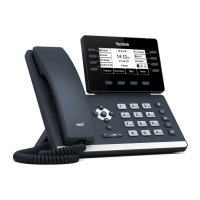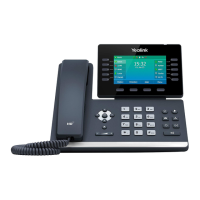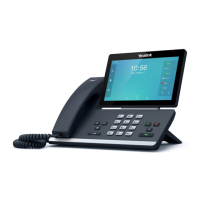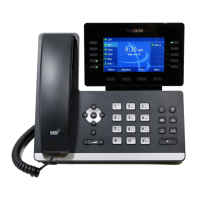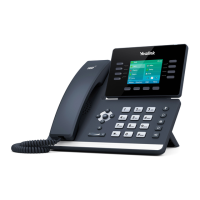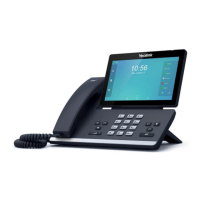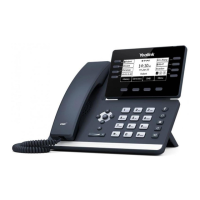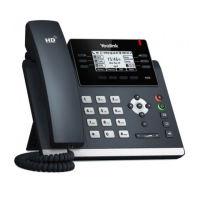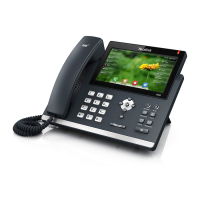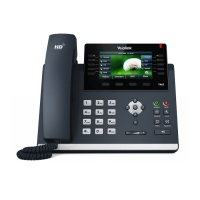Appendix
1009
Appendix
Appendix A: Glossary
802.1x--an IEEE Standard for port-based Network Access Control (PNAC). It is a part of the IEEE
802.1 group of networking protocols. It provides an authentication mechanism to devices
wishing to attach to a LAN or WLAN.
ACS (Auto Configuration server)--responsible for auto-configuration of the Central Processing
Element (CPE).
Cryptographic Key--a piece of variable data that is fed as input into a cryptographic algorithm
to perform operations such as encryption and decryption, or signing and verification.
DHCP (Dynamic Host Configuration Protocol)--built on a client-server model, where
designated DHCP server hosts allocate network addresses and deliver configuration parameters
to dynamically configured hosts.
DHCP Option--can be configured for specific values and enabled for assignment and
distribution to DHCP clients based on server, scope, class or client-specific levels.
DNS (Domain Name System)--a hierarchical distributed naming system for computers, services,
or any resource connected to the Internet or a private network.
EAP-MD5 (Extensible Authentication Protocol-Message Digest Algorithm 5)--only provides
authentication of the EAP peer to the EAP server but not mutual authentication.
EAP-TLS (Extensible Authentication Protocol-Transport Layer Security) –provides for mutual
authentication, integrity-protected cipher suite negotiation between two endpoints.
PEAP-MSCHAPv2 (Protected Extensible Authentication Protocol-Microsoft Challenge
Handshake Authentication Protocol version 2) –provides for mutual authentication, but does
not require a client certificate on the IP phone.
FAC (Feature Access Code)--special patterns of characters that are dialed from a phone keypad
to invoke particular features.
HTTP (Hypertext Transfer Protocol)--used to request and transmit data on the World Wide
Web.
HTTPS (Hypertext Transfer Protocol over Secure Socket Layer)--a widely-used communications
protocol for secure communication over a network.
IEEE (Institute of Electrical and Electronics Engineers)--a non-profit professional association
headquartered in New York City that is dedicated to advancing technological innovation and
excellence.
LAN (Local Area Network)--used to interconnects network devices in a limited area such as a
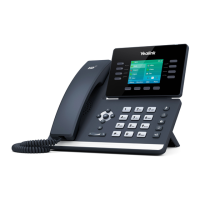
